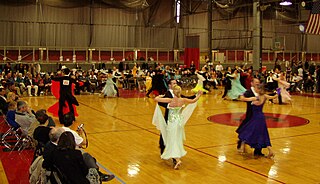Occupations

Professional dancers
Professional dancers are usually employed on contract or for particular performances or productions. The professional life of a dancer is generally one of constantly changing work situations, strong competitive pressure and low pay. Consequently, professional dancers often must supplement their incomes to achieve financial stability. In the U.S. many professional dancers belong to unions (such as the American Guild of Musical Artists, Screen Actors Guild and Actors' Equity Association) that establish working conditions and minimum salaries for their members. Professional dancers must possess large amounts of athleticism. To lead a successful career, it is advantageous to be versatile in many styles of dance, have a strong technical background and to utilize other forms of physical training to remain fit and healthy.
Dance teachers
Dance teachers typically focus on teaching dance performance, or coaching competitive dancers, or both. They typically have performance experience in the types of dance they teach or coach. For example, dancesport teachers and coaches are often tournament dancers or former dancesport performers. Dance teachers may be self-employed, or employed by dance schools or general education institutions with dance programs. Some work for university programs or other schools that are associated with professional classical dance (e.g., ballet) or modern dance companies. Others are employed by smaller, privately owned dance schools that offer dance training and performance coaching for various types of dance.
Choreographers
Choreographers are the ones that design the dancing movements within a dance, they are often university trained and are typically employed for particular projects or, more rarely may work on contract as the resident choreographer for a specific dance company.
Comments
Post a Comment